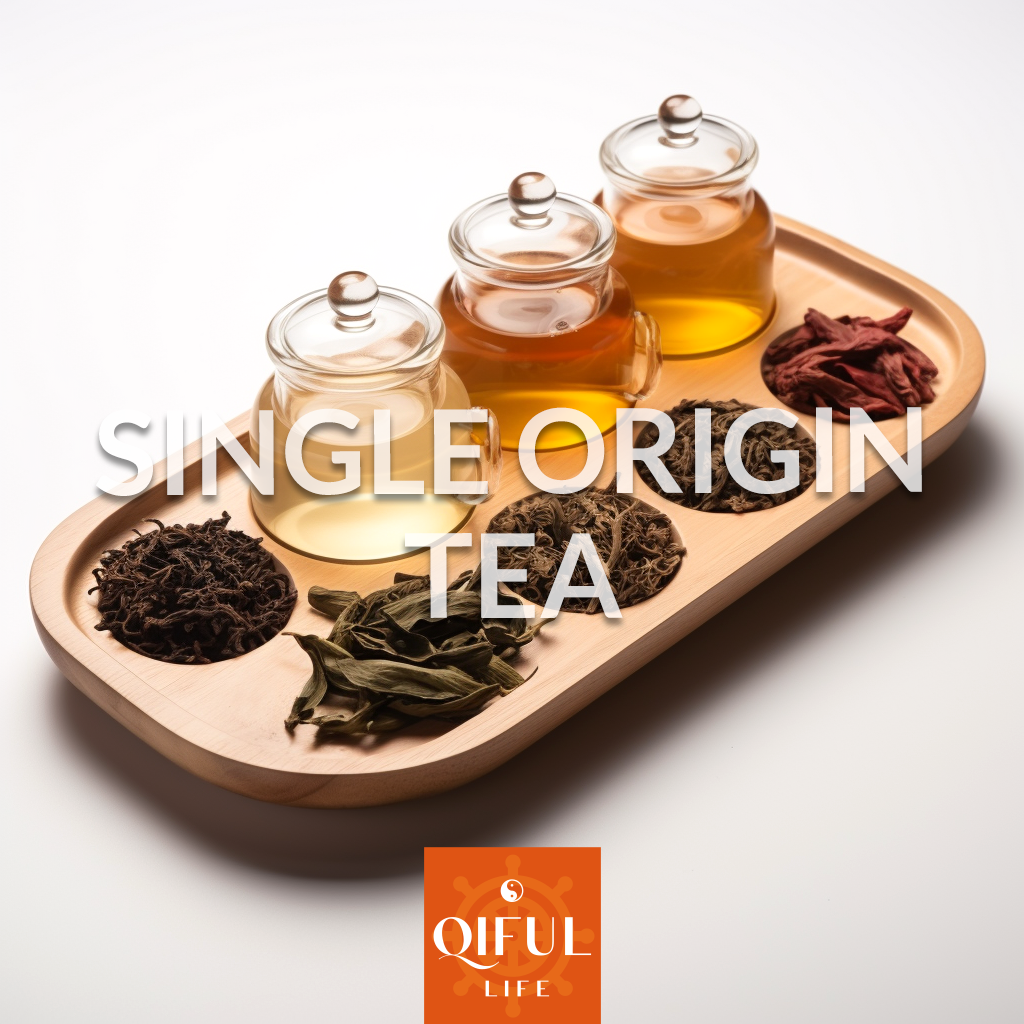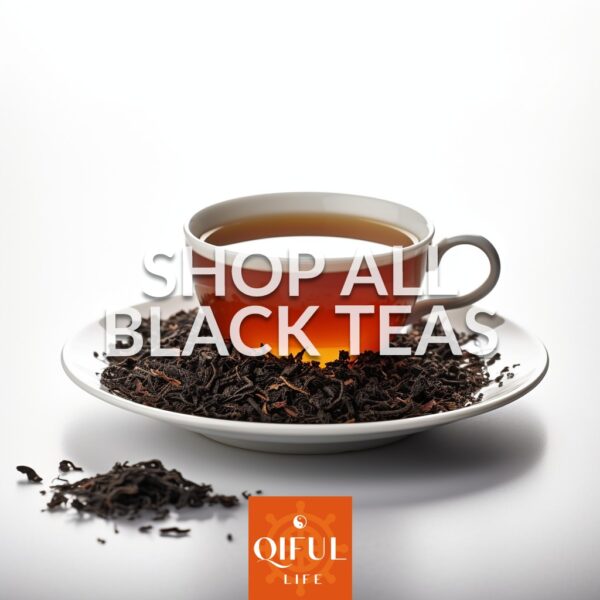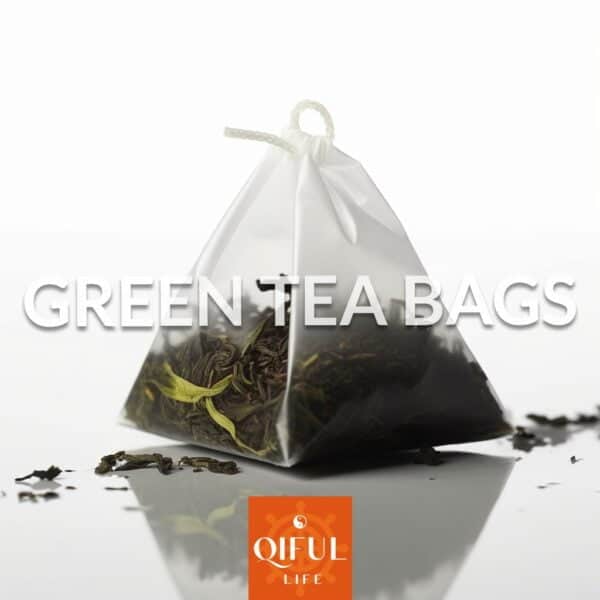Single Origin Tea comes from tea trees and soil native to the region where it’s grown. These teas are typically produced by Single Estate Tea farmers who specialize in specific types of tea within that area. While Single Origin Tea and Single Estate Tea are generally synonymous, there are slight differences between them.
Key Characteristics of Single Origin Tea
| Characteristic | Description |
| Origin | Tea trees and soil are native to the region where the tea is grown. |
| Tea Type | Commonly associated with specific types like Puerh tea from Yunnan, China. |
| Tea Tree Variety | Uses native tea tree varieties, such as the Dayeh tea tree in Yunnan. |
| Soil and Climate | The soil and climate of the native region play a crucial role in the tea’s characteristics. |
| Quality | Single Origin Teas are considered higher quality, with better aroma, flavor, and Tea Qi. |
| Color of Tea Leaves | Typically produces deeper and richer leaf colors. |
| Transparency of Tea Liquor | High-quality Single Origin teas have a transparent liquor when brewed. |
| Single Estate Tea | Refers to tea grown on a single farm, often under the guidance of one farmer or family, though it might still be Single Origin depending on the tea trees used. |
| Production Method | Grown and processed according to traditional methods in harmony with the local environment. |
| Tea Qi (Cha Qi) | High-quality Single Origin Teas often possess strong Tea Qi, providing a warming and tingling sensation. |
Examples of Single Origin Tea
The most popular single origin tea is Puerh tea. Puerh tea growing is almost entirely exclusive to Yunnan, China where the tea trees originate. The only exception is surrounding Vietnam, Myanmar, and Thailand where before the early 2000s certain varieties of Puerh tea trees made their way out of Yunnan.
Puerh tea trees are also a different kind of camellia sinensis tea tree with broader leaves called Dayeh. Only in Yunnan do these tea trees grow and it is very difficult for them to survive in climates or regions outside Yunnan. Local Puerh tea makers in Yunnan emphasize the soil, climate, and unique tea trees native to the area all play a role.
Examples of Non Single Origin Teas
The most common examples of non-native tea production are Green tea and Oolong tea from Indonesia and Vietnam. These teas are typically multi-origin, as most production uses trees originally from China or Taiwan. Big brands often choose these teas because they can source the crops and local labor at a lower cost. Some Chinese even argue that for a tea to be truly single origin, the tea maker must be from the region where the tea is grown.
Another example is Puerh tea production in Taiwan, where Puerh tea trees from Yunnan’s Gaoligong Mountain are used. Despite attempts, Taiwan has not successfully reproduced authentic Puerh tea. Although Taiwan has Puerh tea trees, their leaves are primarily used for large-leaf black tea.
Overall, non-single origin tea production has been increasing in places like Indonesia and Vietnam. Since 2020, more farmers have been exporting tea trees from Taiwan to Southeast Asia, where labor is cheaper, and quality is less of a priority. This trend is largely driven by the demand for bubble tea, with brands focusing more on cost than quality.
Single Origin vs. Single Estate Tea
For the most part, Single Estate implies Single Origin. However, Single Estate Tea refers to tea grown at one tea farm with the guidance of one main farmer or family. It is technically possible that such farmers have imported tea trees and are supervising the growth and harvest of a custom crop. We see this occurring with attempted green tea production in Taiwan beyond just Biluochun varirties.
Most farmers in general specialize in one tea type production within one area. For example, Yunnan farmers will use their crops to grow Puerh or even black teas from trees that grow naturally within the area. The same goes for many green tea trees throughout Zhejiang Province in China. In Taiwan, farmers tend to use the same tea crops to produce both Oolongs and Black teas.
Note – it is possible to consider a tea as Single Origin and Single Estate even if young or old tea trees have been replanted. Sometimes it is necessary to take trees and root them in different areas if the farmer feels it is necessary for producing a certain crop. Those plants will need to be native from the area and the same soil will need to be used, however.
FAQ: Is Single Origin Teas Better?
Single Origin Teas are almost always better tasting and have higher quality. They grow in accordance with what nature allows within a given environment. Such teas generally have a better aroma, overall returning sweetness and Tea Qi.
A Step by Step Guide to Acquiring Single Origin Tea
- Known your tea source. Inquire with your tea dealer as to whether the teas being imported are grown from trees and soil native to the region. If it is a large brand, chances are they will not reveal this information.
- One secret that we have found that is very telling the quality of a tea is whether or not it has good Cha Qi, aka “Tea Qi.” For a tea to have good Qi, it is almost always Single Origin. That is because the roots have had time to dig deep into the soil and gather nutrients and energy that produce the warming and tingling sensation found in Qi Tea. We have never tasted a good Qi Tea from a big brand.
- Examine the color of the tea leaves. Single Origin crops produce deeper and overall richer colors.
- The tea liquor should be transparent. High quality, Single Origin teas all have a transparent look when poured. Dense, almost muddy looking teas indicate they are lower quality and most likely big batch selections that don’t fit guidelines.




